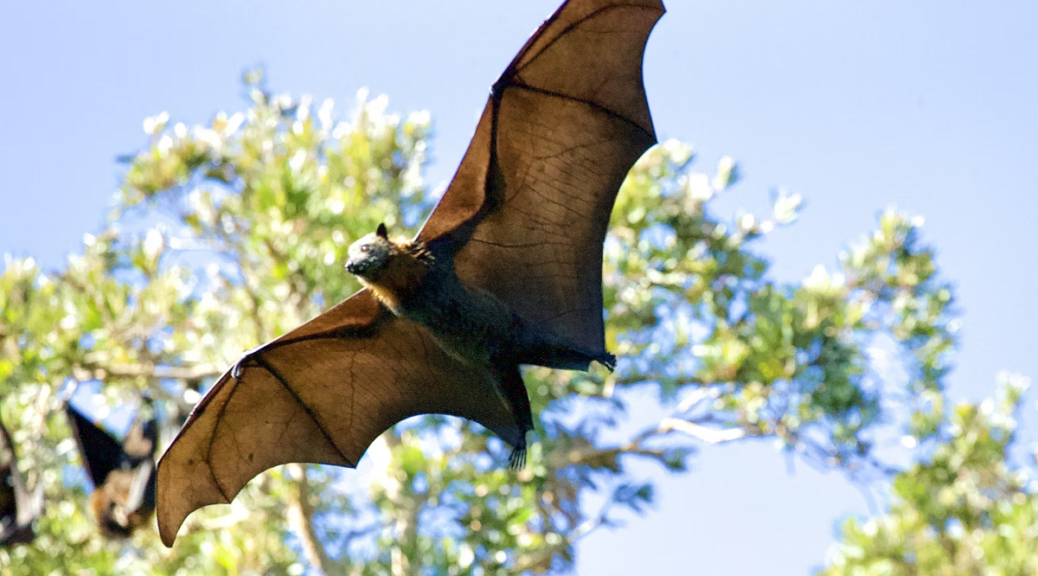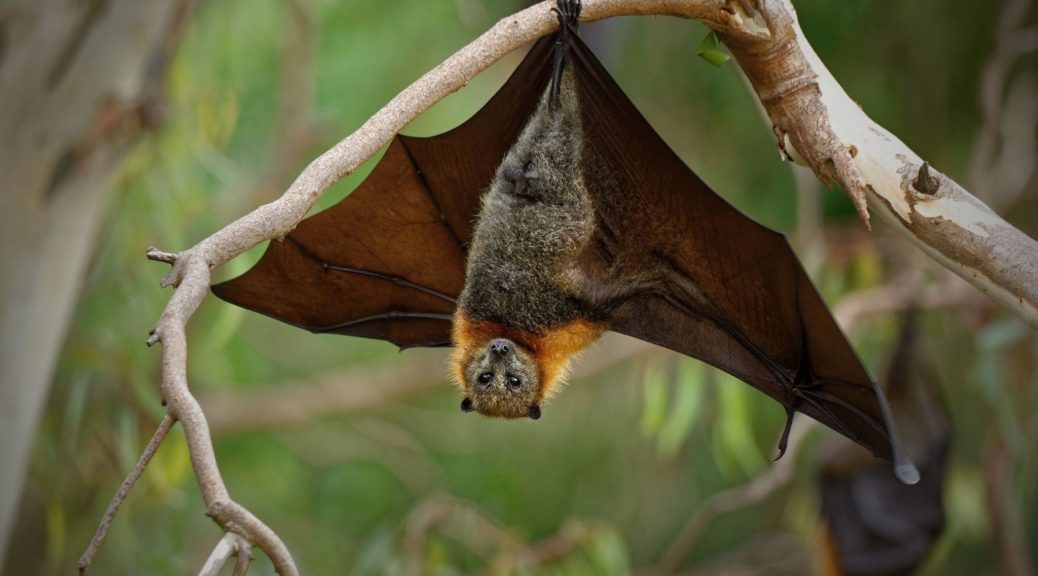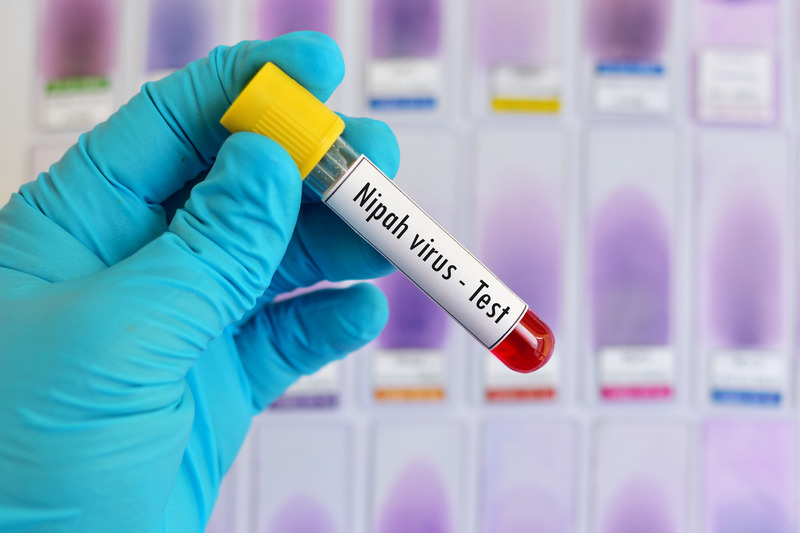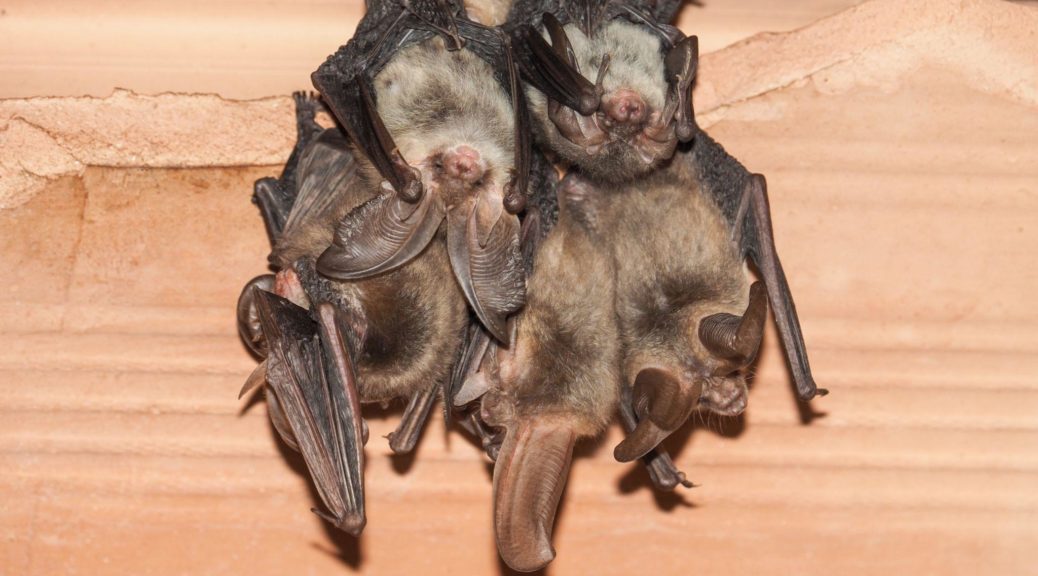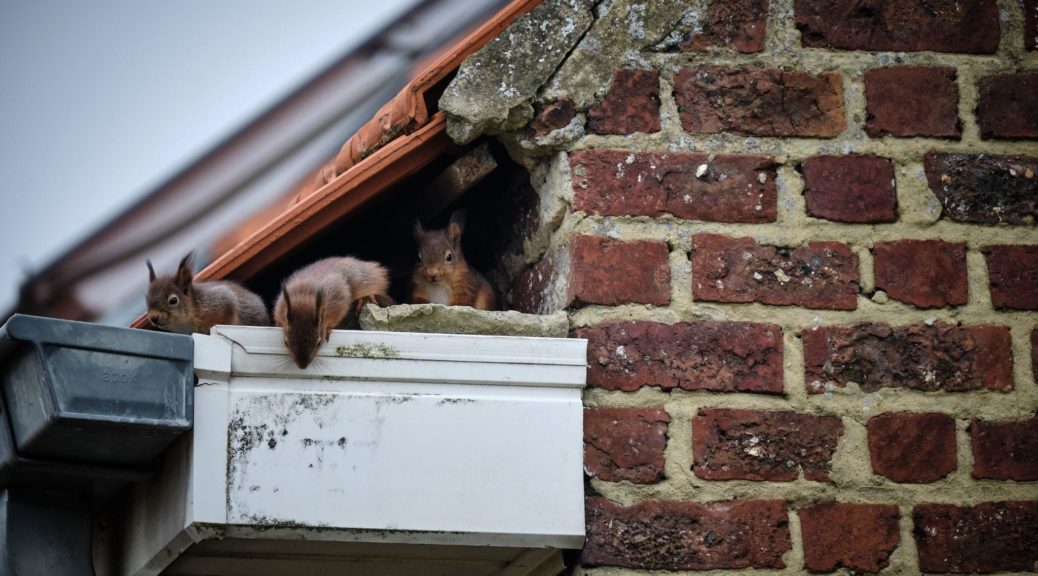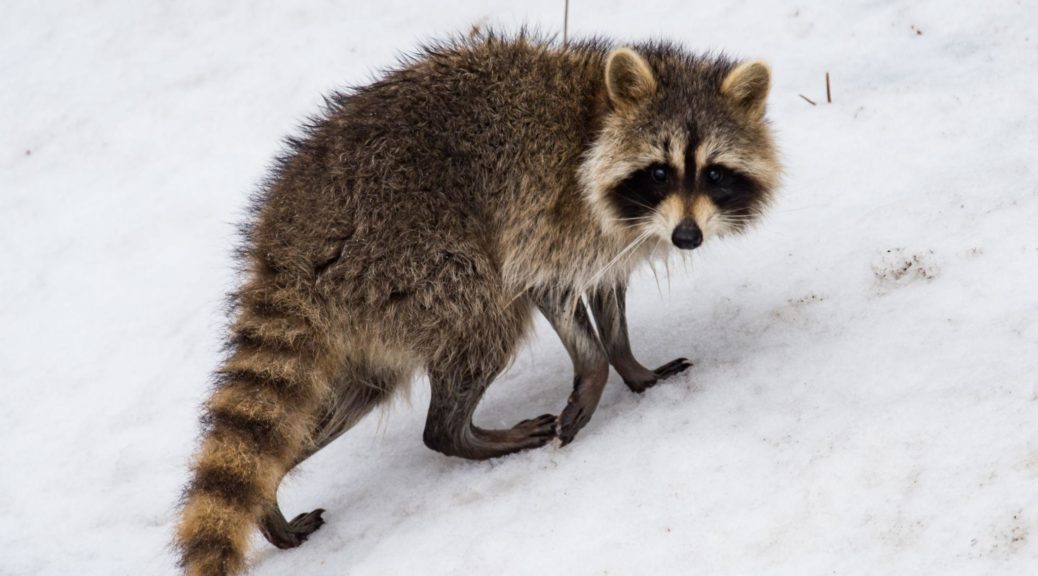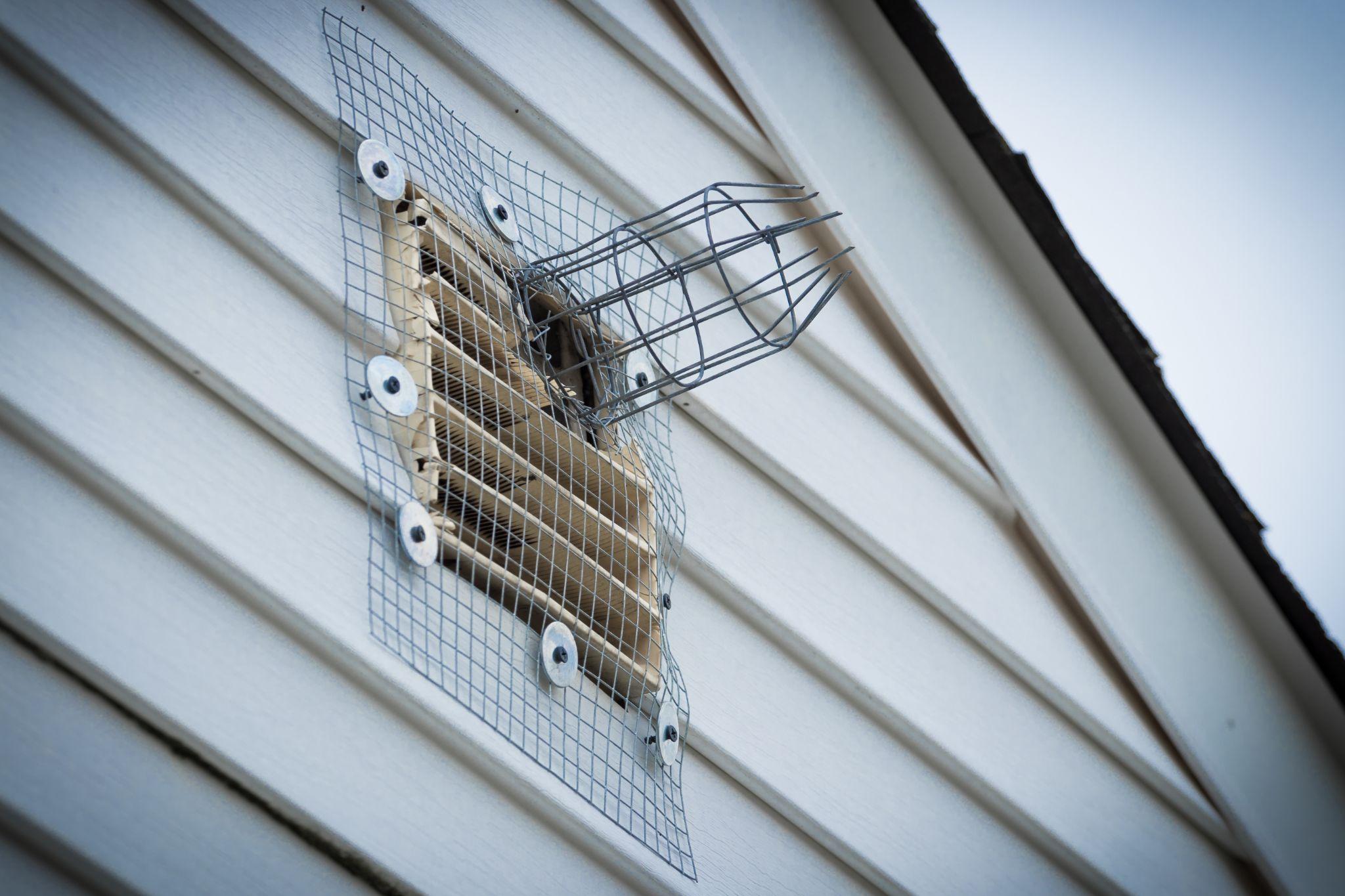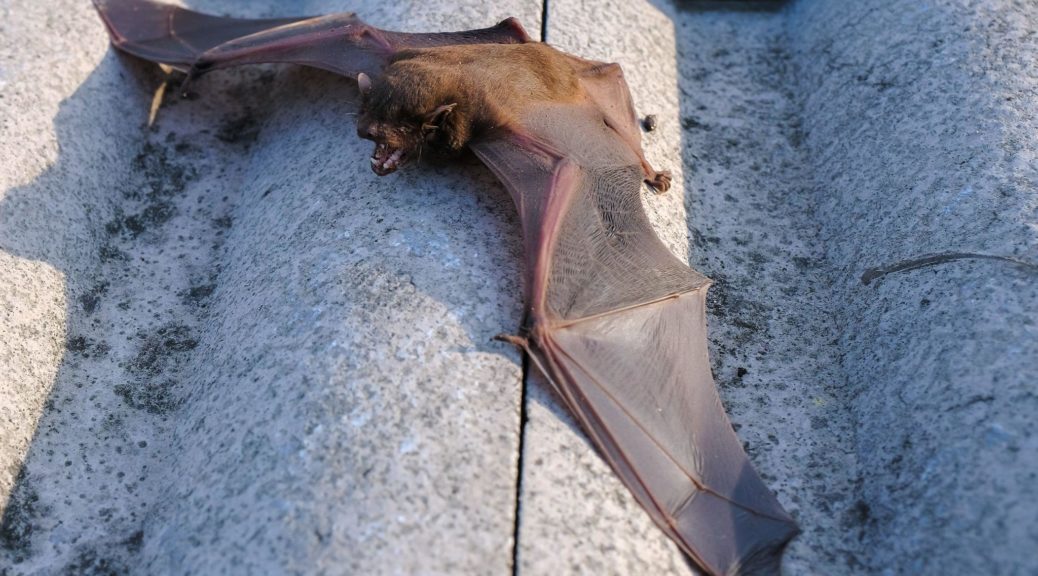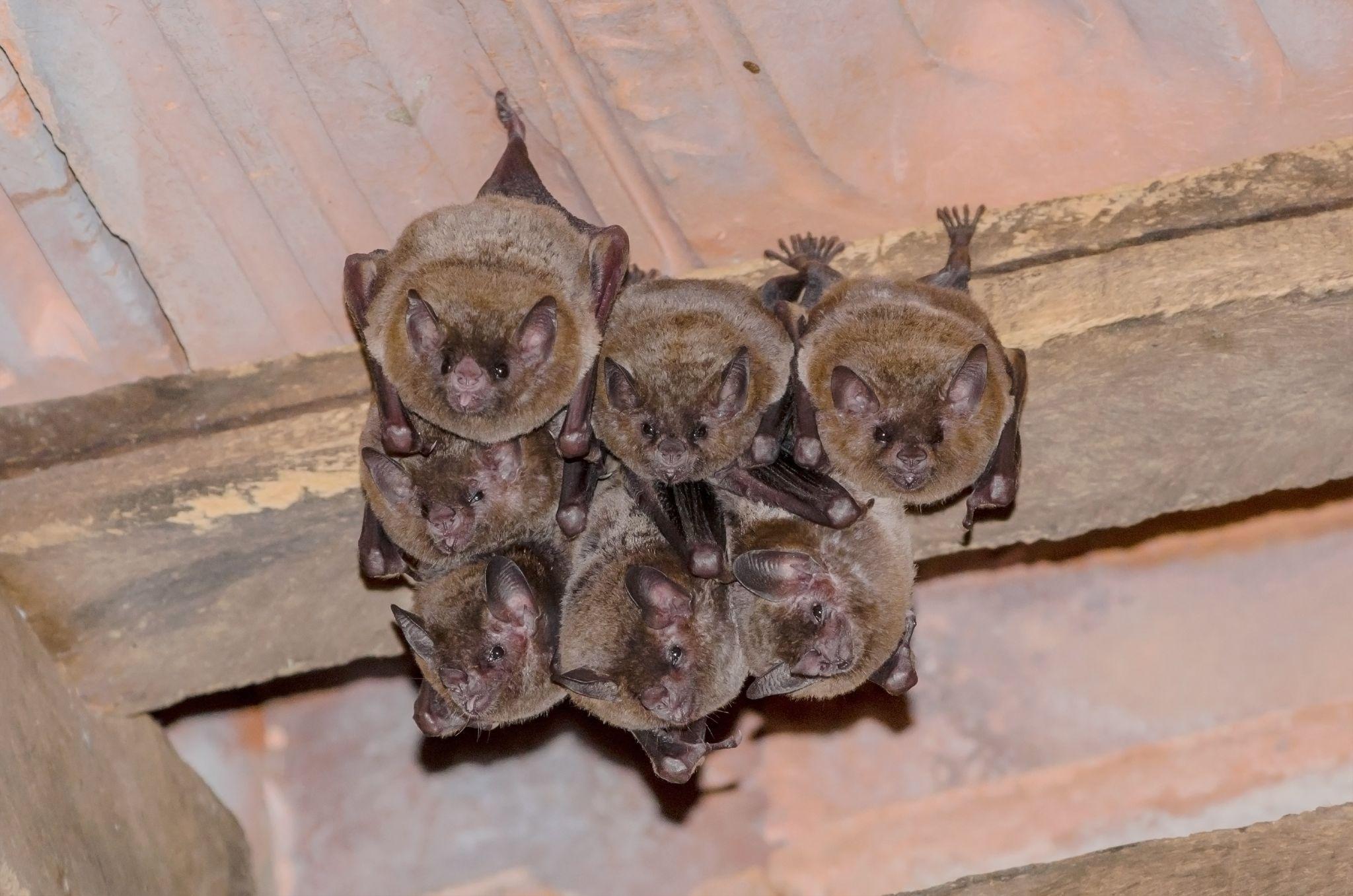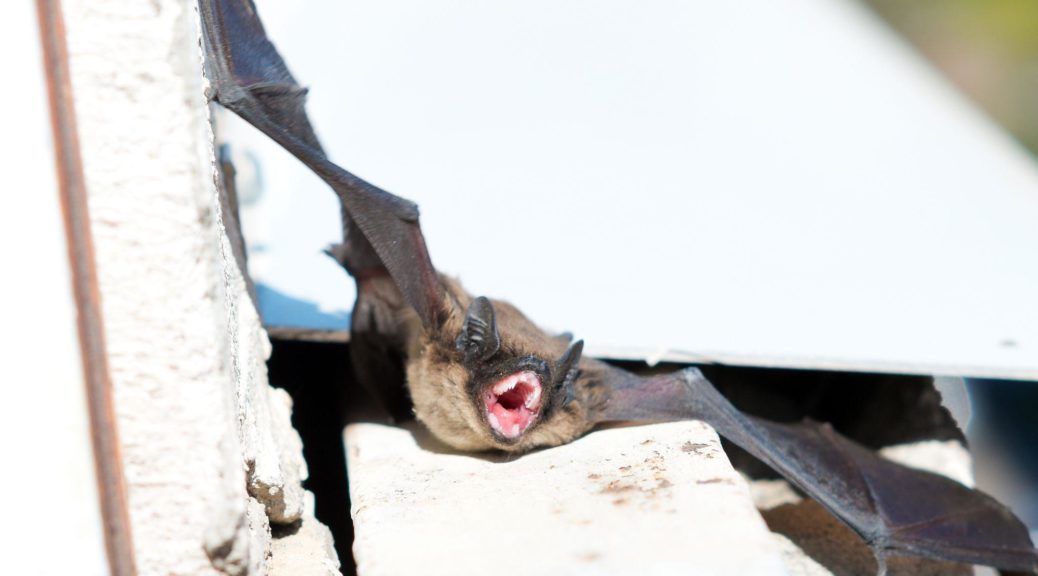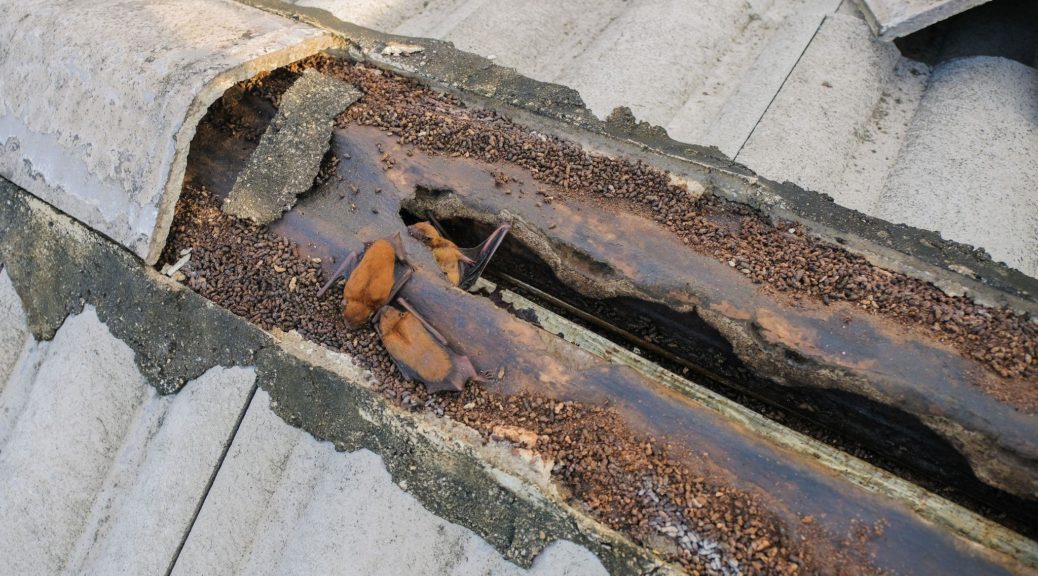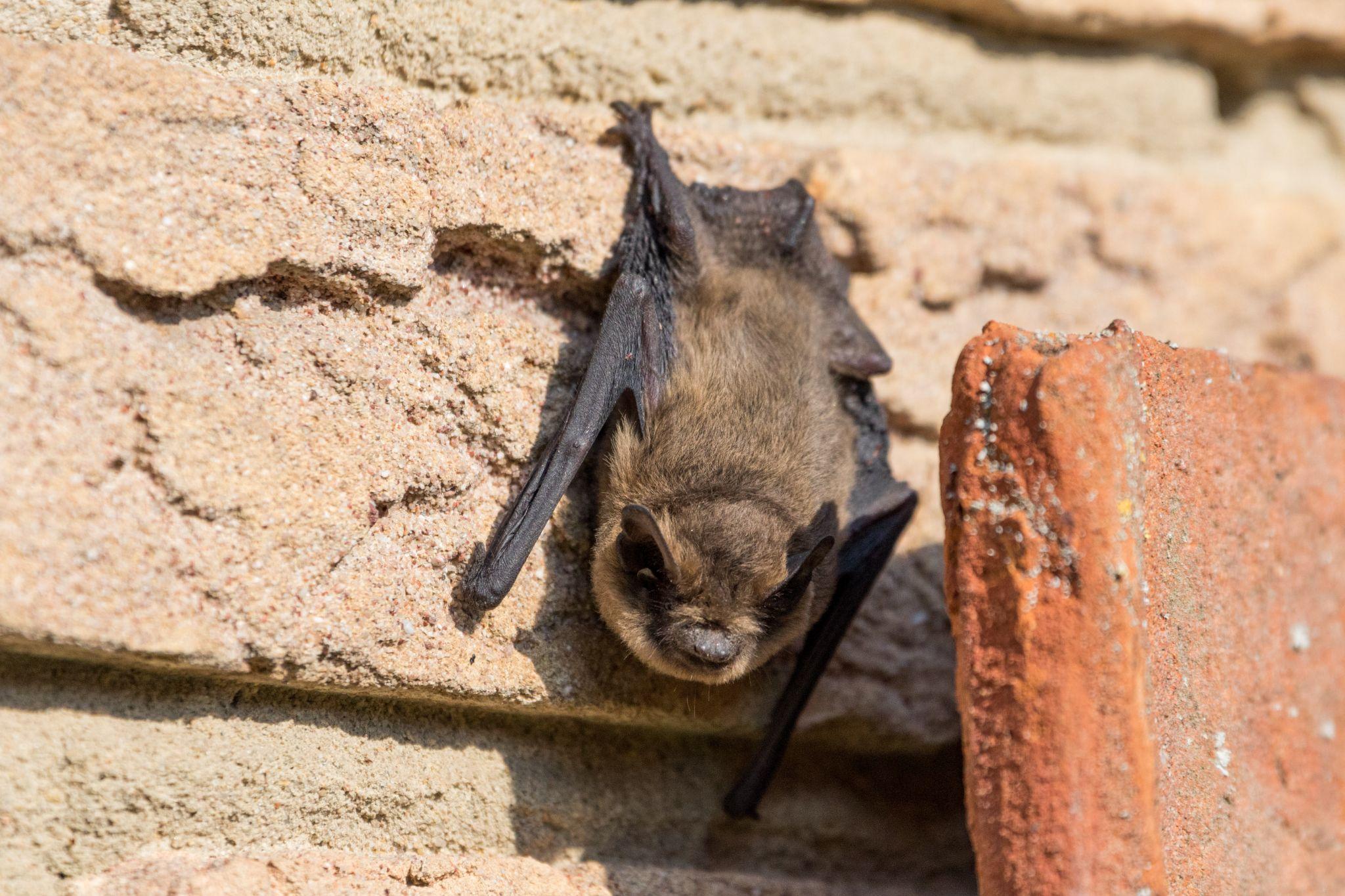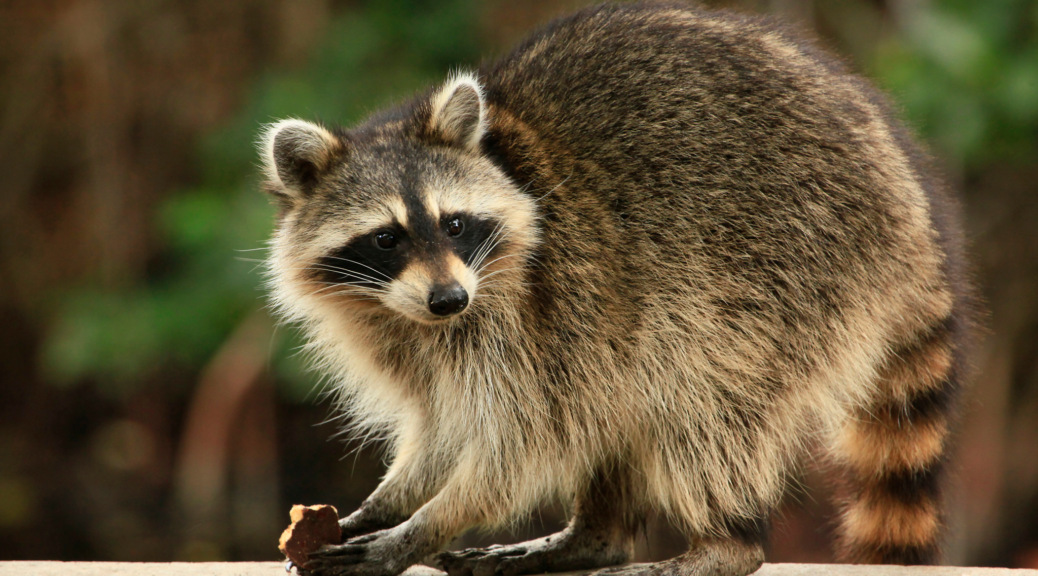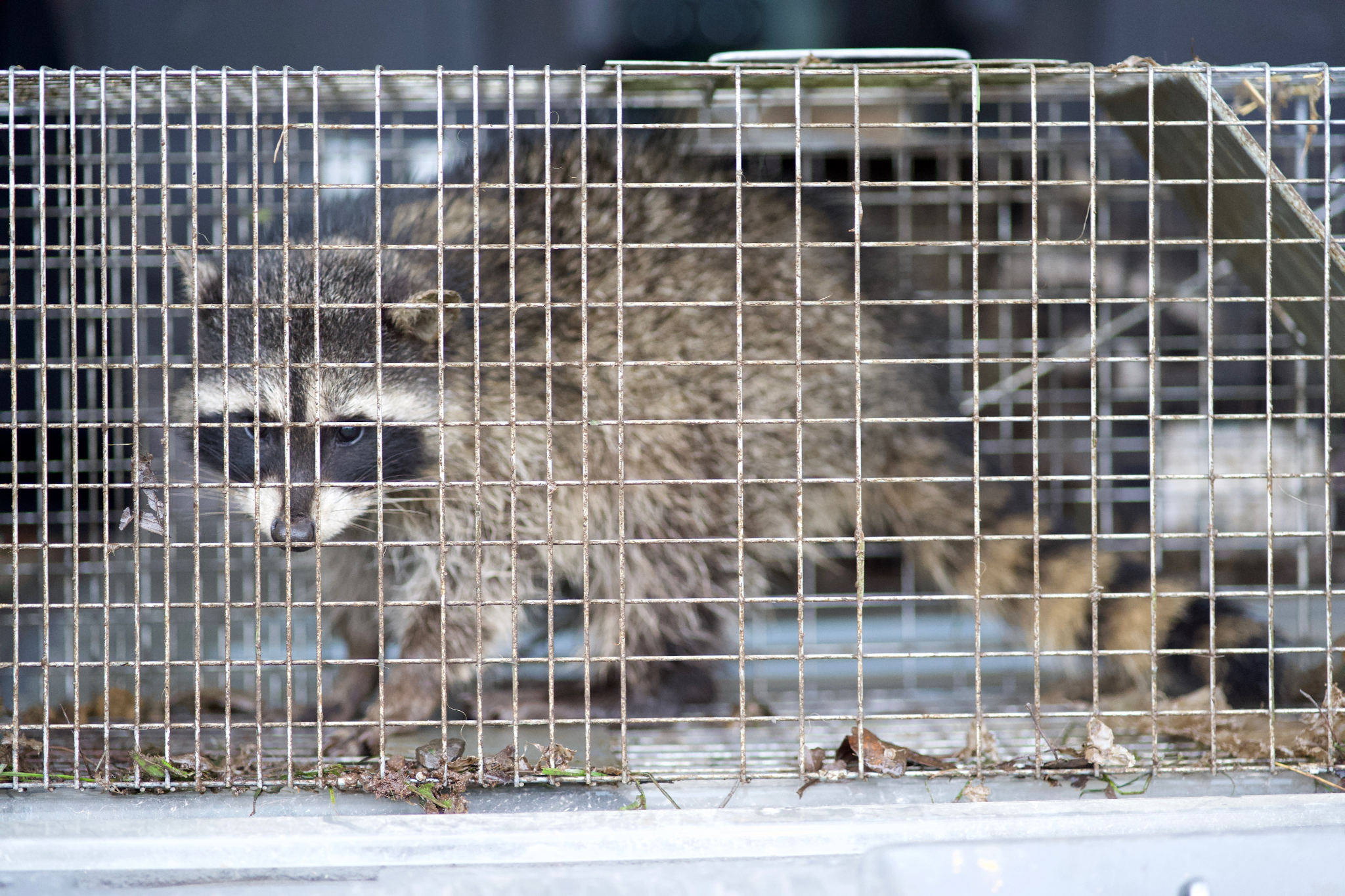In the vibrant ecosystems of Los Angeles, CA, bats are crucial players. However, their link to diseases like the Hendra virus adds a layer of concern to their night-time activities. Fruit bats, also known as flying foxes and belonging to the genus Pteropus, are carriers of this virus, which is dangerous for both animals and humans.
Understanding the Hendra Virus
The Hendra virus is serious, causing intense respiratory and neurological issues in animals and people. Horses, for example, may show signs of respiratory trouble, fever, and even problems with movement. In humans, the range of symptoms can vary from flu-like feelings to more severe conditions such as pneumonia and inflammation of the brain.
Fruit bats are the natural hosts of this virus. Horses can get it from eating food or drinking water contaminated with bat secretions. People can then catch the virus from close contact with infected horses. Knowing about this virus and being cautious around horses is important in areas where the virus is present.
Treating the Hendra Virus
When it comes to treating the Hendra virus, human infections mostly get supportive care to relieve symptoms since there’s no specific cure. For horses, there’s a vaccine available, which is a key step in stopping the virus from spreading to humans. Keeping up with good hygiene and biosecurity is also crucial.
Risks of Bat Guano
Apart from the Hendra virus, bat droppings or guano can be harmful. They can harbor the fungus Histoplasma capsulatum, which causes histoplasmosis if inhaled. This lung condition can be mild or very serious, so it’s best to avoid contact with bat guano.
Additionally, bat guano can also contain pathogens related to the Nipah virus, another serious infection originating from bats. For safe cleanup and bat removal, it’s wise to call in professionals.
Staying Safe
In areas where fruit bats are common, it’s important to take steps to lower the risk of catching the Hendra virus. This includes staying away from where bats live, keeping clean, and following biosecurity measures, especially if you’re around horses. Ensuring that food and water sources for horses are covered can prevent contamination from fruit bat poop and urine. Regularly checking and maintaining fencing and enclosures can also help minimize direct contact between bats and horses, further reducing the risk of transmission.
Caring for Animals
For those who look after animals, particularly horse owners, knowing about the Hendra virus and taking steps to prevent it, like vaccinating horses and using protective gear, is essential to stop the virus from spreading. Staying informed about the latest health advisories and best practices in animal health care can further enhance safety measures.
Additionally, regular check-ups with veterinarians can help detect any health issues early, ensuring that your animals remain healthy and that any risk of Hendra virus transmission is minimized.
Get Expert Help for Bat Removal
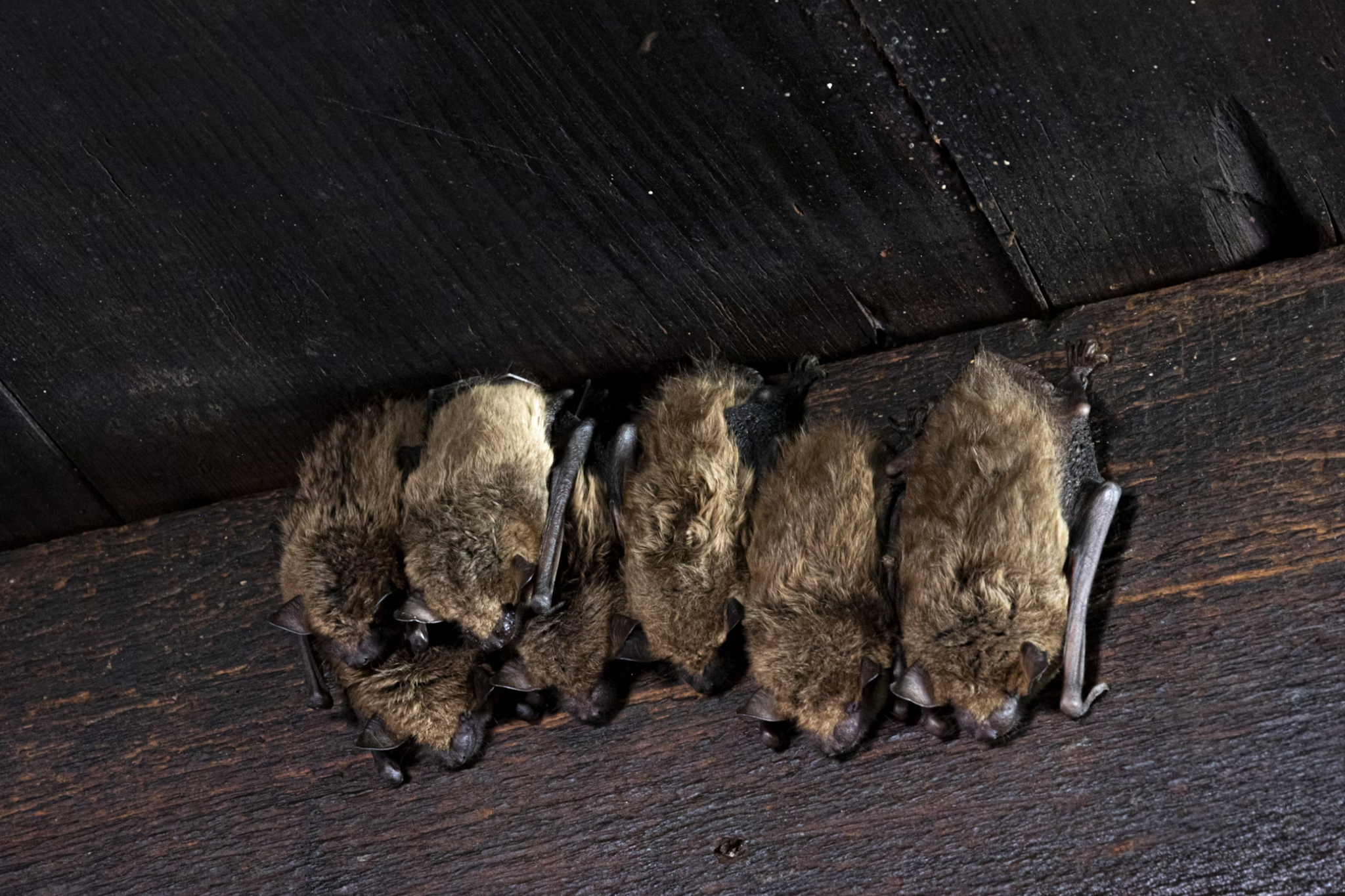
In Los Angeles and concerned about bats and Hendra virus risks? Animal Capture Wildlife Control is here to assist. We offer expert bat removal services to ensure the safety of your family and pets. With our experienced team, we address bat invasions swiftly and humanely, prioritizing your well-being.
Our approach is not only effective but also environmentally responsible, preserving the natural balance while keeping your space safe. Contact us for peace of mind and professional wildlife management.
Sources:
